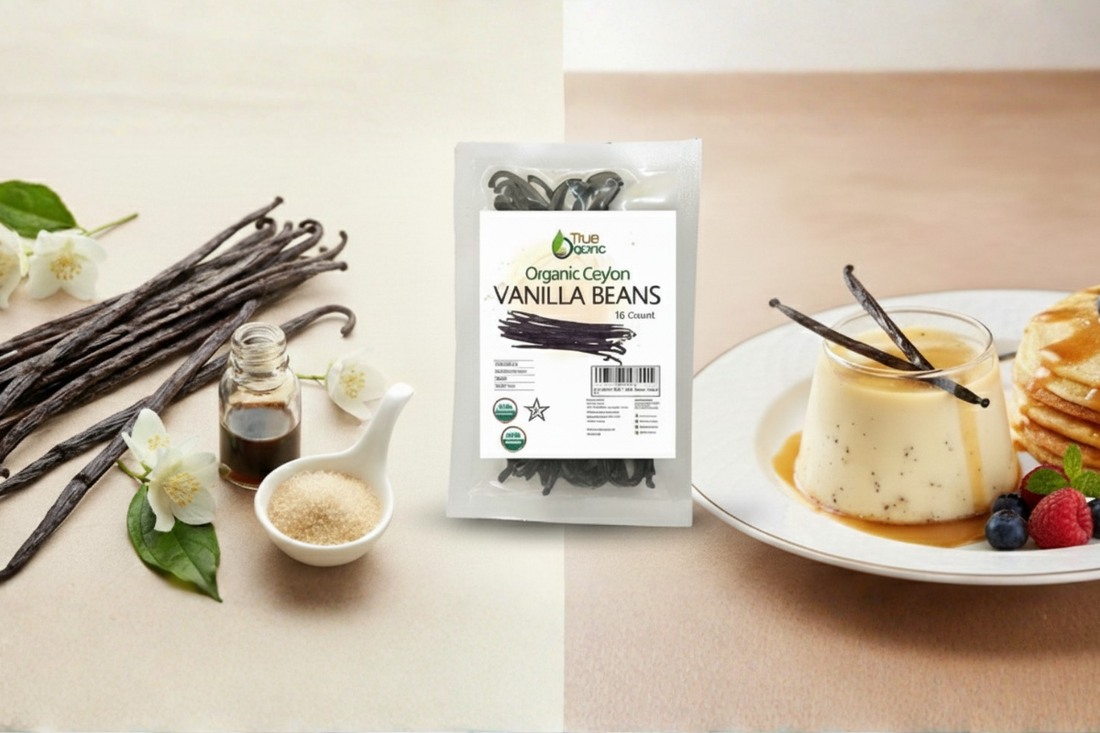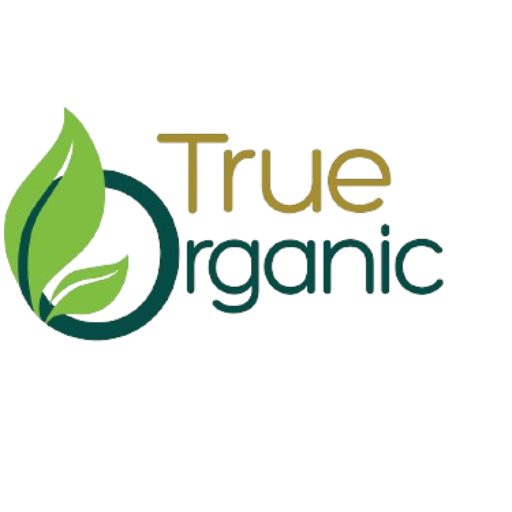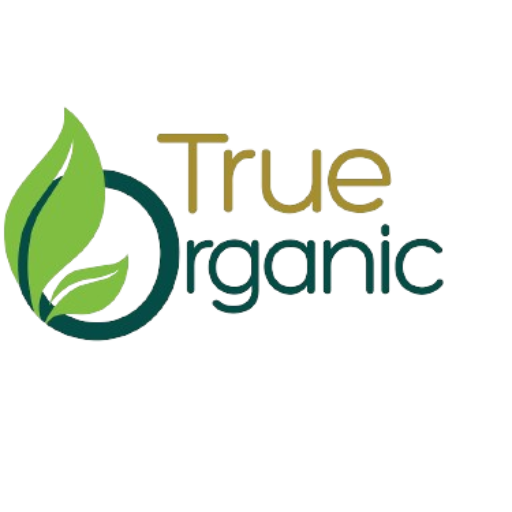
The Remarkable Benefits of Ceylon Vanilla Beans
Introduction
Delicate, aromatic, and luxuriously flavorful — Ceylon Vanilla Beans are among the world’s most cherished natural ingredients. Grown in the lush tropical environment of Sri Lanka, these beans embody the island’s rich agricultural heritage and craftsmanship. At True Organic, we bring you the pure essence of authentic Ceylon vanilla—naturally grown, ethically sourced, and carefully cured to perfection.
Origin and History
Vanilla is derived from the orchid species Vanilla planifolia, native to Mexico and Central America. The ancient Totonac people of Mexico were the first to cultivate and use vanilla, valuing it as a sacred and aromatic spice. Later, the Aztecs adopted vanilla to flavor their royal chocolate drinks.
When Spanish explorers brought vanilla to Europe in the 16th century, its exotic aroma captivated royal courts and confectioners alike. Over time, cultivation spread through Madagascar, Tahiti, Indonesia, and Sri Lanka during the colonial spice trade era. Today, Ceylon Vanilla from Sri Lanka is celebrated for its uniquely smooth, floral, and creamy profile—reflecting the island’s ideal growing conditions.
Cultivation and Harvesting
Growing vanilla is a true labor of love. The vanilla orchid is a delicate climbing vine that thrives in warm, humid tropical climates. Each flower blooms for just one day and must be hand-pollinated within hours—a process that requires skill and precision.
After pollination, the beans take 8 to 9 months to mature before being harvested by hand. The curing process—blanching, sweating, drying, and conditioning—can take several more months. This slow, natural process develops the bean’s deep aroma and complex flavor that synthetic vanillin cannot replicate.
Types and Varieties
There are several major types of vanilla beans used around the world:
- Madagascar Bourbon Vanilla: Rich, creamy, and sweet—ideal for desserts and baking.
- Tahitian Vanilla: Floral, fruity, and delicate—perfect for ice creams and perfumery.
- Mexican Vanilla: Warm and spicy—excellent for chocolate and coffee-based recipes.
- Ceylon Vanilla (Sri Lanka): Smooth, elegant, and subtly floral—an artisanal favorite for gourmet cooking.
Each type offers a distinctive flavor profile, allowing chefs and home bakers to explore endless culinary creativity.
Culinary Uses
Ceylon Vanilla Beans are versatile and bring natural luxury to a wide range of creations:
- Desserts: Cakes, custards, cookies, and ice creams.
- Beverages: Coffee, tea, smoothies, and cocktails.
- Savory Dishes: Marinades, sauces, or seafood for a subtle sweetness.
Tips for use:
- Split the bean lengthwise and scrape out the seeds to mix into batters or creams.
- Use the leftover pod to infuse sugar, honey, or milk.
- For lighter flavors, try vanilla paste or extract.
Professional chefs prefer natural vanilla over synthetic vanillin because of its depth, warmth, and authenticity.
Aroma and Perfumery
Vanilla’s alluring fragrance is not only loved in the kitchen but also in perfumery and aromatherapy. Its soft, creamy scent evokes comfort, warmth, and relaxation. Many luxury perfumes use vanilla as a base note, while its aroma is known to create a calming atmosphere and uplift mood—one reason it’s also used in scented candles and home fragrances.
Economic and Sustainability Aspects
Vanilla is one of the most valuable agricultural commodities in the world, with global demand continuously growing. However, its cultivation faces challenges like price fluctuations, labor shortages, and climate sensitivity.
At True Organic, we prioritize fair trade and ethical sourcing, working directly with Sri Lankan farmers who use sustainable and organic practices. This not only ensures premium quality but also supports local communities and protects the environment.
Production Challenges
Producing high-quality vanilla requires patience and dedication. Farmers face several obstacles, including:
- Climate sensitivity — vanilla thrives only in specific tropical conditions.
- Manual labor — each flower must be hand-pollinated.
- Risks — theft, pests, or extreme weather can threaten harvests.
Despite these challenges, Sri Lanka’s skilled farmers continue to produce world-class Ceylon Vanilla Beans through passion and tradition.
DIY and Lifestyle Uses
Beyond cooking, Ceylon Vanilla Beans can enhance your lifestyle naturally:
-
Homemade Vanilla Extract:
Simply split 2–3 beans and steep them in a bottle of vodka or rum for 6–8 weeks. The result? A rich, aromatic extract for all your baking needs. -
Natural Beauty & Home Products:
Use vanilla to scent homemade candles, sugar scrubs, or body oils. Its gentle fragrance adds warmth and elegance to self-care rituals.
Interesting Facts
- Vanilla is the second most expensive spice in the world—after saffron—due to its labor-intensive cultivation.
- The primary flavor compound in vanilla is vanillin, but natural beans contain hundreds of other aromatic molecules that give it depth and complexity.
- In some cultures, vanilla symbolizes purity, love, and harmony, making it a popular choice for wedding confections and ceremonies.
Conclusion
From its ancient origins in Mexico to the tropical fields of Sri Lanka, Ceylon Vanilla Beans embody centuries of craftsmanship and natural beauty. Their exquisite flavor, soothing aroma, and artisanal production make them a true treasure among spices.
At True Organic, we take pride in offering pure, sustainably sourced Ceylon Vanilla Beans—handcrafted for those who value authenticity and excellence.
Experience the true essence of vanilla. Taste the island’s heritage with True Organic.

